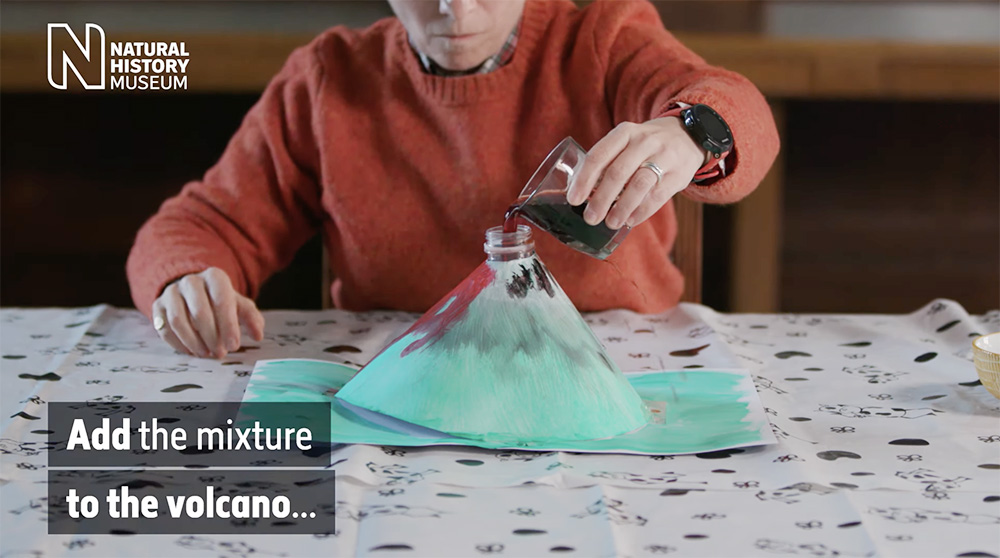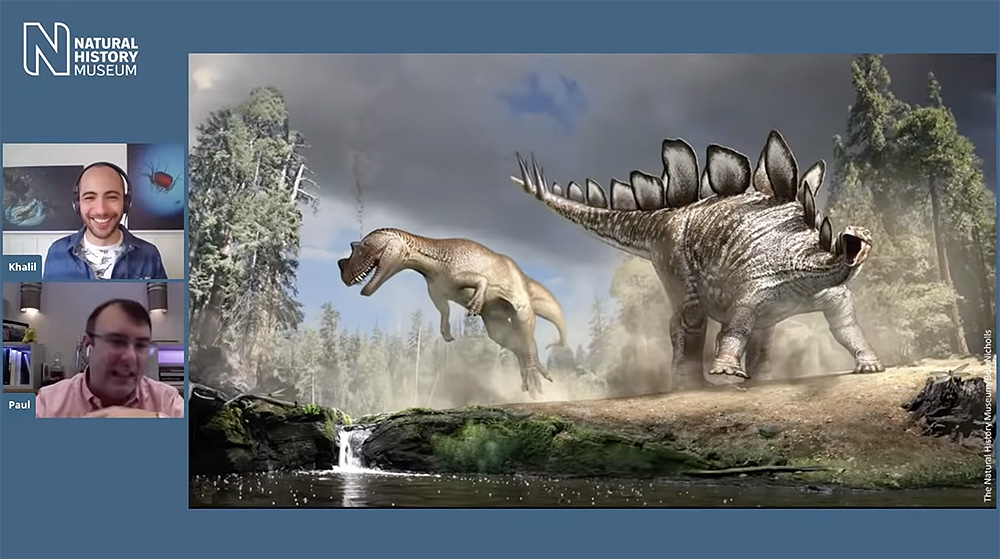There was a time when running an “audience survey” at London’s Natural History Museum (NHM) involved deploying field workers armed with clipboards, questionnaires, and considerable patience. Lockdowns, needless to say, have rendered such traditional approaches obsolete with the museum turning instead to data analytics from its exhibition and marketing departments. It’s a trend that’s here to stay.
The need to better understand the digital visitor isn’t a new realization. Following the E.U.’s General Data Protection Regulation (GDPR) in mid-2018, the museum reassessed the role of its website, and tweaked how its tags and cookies functioned. Improvements to NHM’s digital architecture, however, were scant preparation for a year in which museum websites became the primary attraction, rather than a supporting cast member.
“Being agile and flexible,” has been the key to driving engagement to the digital museum, says Brad Irwin, the museum’s Head of Global Engagement, though powerful established programming and a universal fascination with dinosaurs are playing a part. The newfound success of Nature Live Online, a weekly video conversation with a museum scientist, curator, or conservator, evidences NHM’s digital strides in 2020. Pre-pandemic, the talks, which candidly answer questions of layman natural historians — what even is a dinosaur or how come there’s water on Mars? — attracted a couple of hundred attendees on YouTube and Facebook Live. Under lockdown, one broadcast saw close to 15,000 tune in, an increased attention which Irwin says is being matched with donations.

Aimed at families, the museum’s Try This At Home program offers a wealth of educational resources including how-to videos and handy field guides. Image: The Natural History Museum on YouTube
Video has complemented NHM’s family-centric programming — perhaps most notably with Try This At Home, a treasure trove of family-oriented resources that includes a virtual homework club, step-by-step dinosaur origami, and instructions on how to build the science fair classic: a baking soda volcano. Though much of the digital build-out has focused on domestic audiences, particularly to compensate for the loss of school programming and family visits, NHM has also found time to connect to absent international visitors. In January, it partnered with the travel subsidiary of Alibaba, Fliggy, to lead 100,000 Chinese viewers on a livestream tour of the closed museum.
With 2020 altering how the museum considers its blend of on and offline programming, Irwin reflects on the successes of the past year, why it livestreamed to China, and how the museum is prioritizing environmental consciousness in 2021.
How is the Natural History Museum planning and assessing digital campaigns?
We have shifted from visitor-based campaigns that drive footfall to the museum, to driving engagement with the digital museum [directly]. Much of our work stems from audience research. We have a dedicated department that undertakes research around exhibitions and we also have a dedicated resource in marketing with an audience analyst. The museum’s digital campaigns are assessed based on the target audience and the budget, along with other KPIs such as open rates and click-throughs.
Which digital initiatives stand out from 2020?
The Nature Live [videos] have had incredible engagement. These interactive talks are a great way to explore the natural world and are free to watch online. Previous to lockdown, we would have approximately 250 viewers and since lockdown, these have grown exponentially. Our most successful livestream during lockdown peaked at 14.8K concurrent viewers across all platforms and has now been viewed over 72.5K times.

NHM’s Nature Live Online series streams conversations with scientists, and covers a variety of subjects from sharks to ammonites. Image: The Natural History Museum on YouTube
How did the Fliggy livestream happen and what did the museum learn?
The museum has been working with the U.K. Embassy in China and the Consulate in Chongqing for some time now, primarily around building the museum’s profile and reach. They introduced us to Fliggy as an opportunity to reach a large, diverse audience across China. The main takeaway was that to reach new audiences, you need to work with different partners and that you might have to work in different ways to suit these new audiences.
Environmental issues are central to NHM’s mission. How is this informing programming in the coming year?
Given the urgency of the issues facing the planet, we are aware that we have a global responsibility. The Natural History Museum has announced Our Broken Planet: How We Got Here and Ways to Fix It, a year-long season of activity throughout 2021 aiming to kickstart a public debate with visitors to the museum and global audiences online. It will inspire, inform, and empower the museum’s millions of visitors from around the world through three main elements: a free display in the museum’s Jerwood gallery, a dedicated digital hub, and a series of live events for audiences to take part in throughout the year.
With schools closed across the U.K., could you discuss the thinking behind some of the museum’s education initiatives?
Whilst we have been closed to visitors and unable to welcome schools onsite, we have focused on developing new resources for our website and also in a new suite of streamed programs that will launch over the next few months. These new programs will be available to schools across the country and will therefore broaden access to our learning offer. The Natural History Museum Homework Club brings together our expert educators who share fun activities for families to do with children at home. Families can learn along with us or do the activities in their own time. On Fridays, a live quiz tests what has been learned over the week. Going forward, we will provide a much more blended digital and onsite learning offer.
What other digital initiatives is the museum planning in 2021?
We are also looking at concepts for the new Urban Nature Project, a digital nature journal, increased content for membership, improved ticketing portals, and new educational products.



